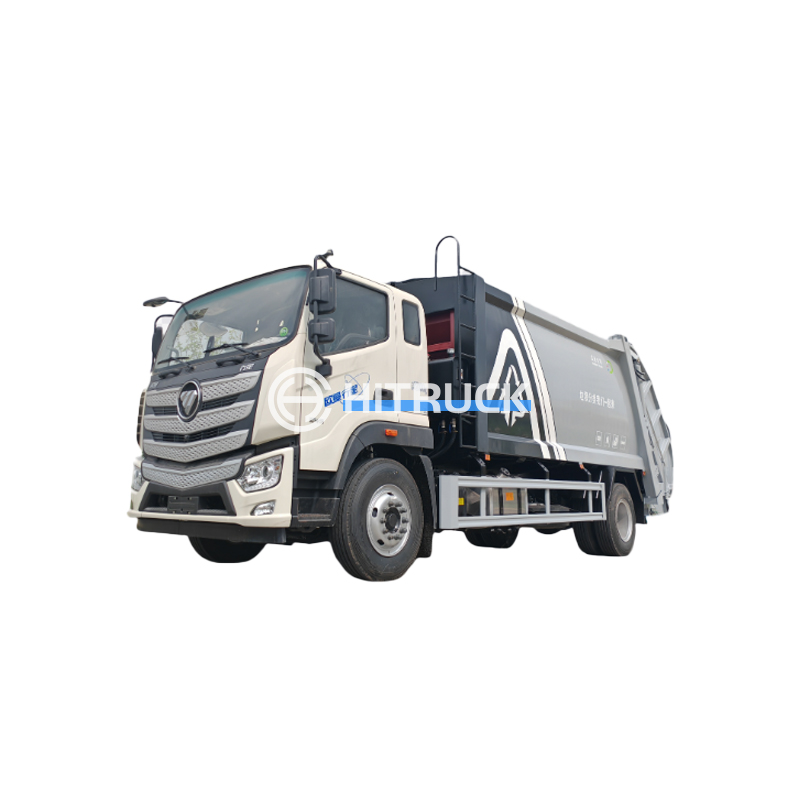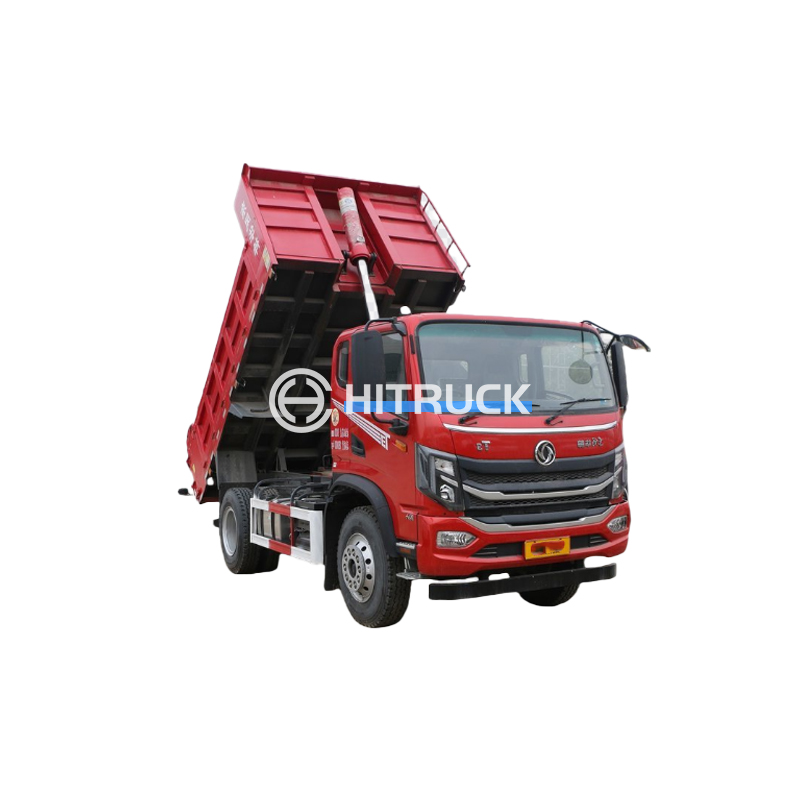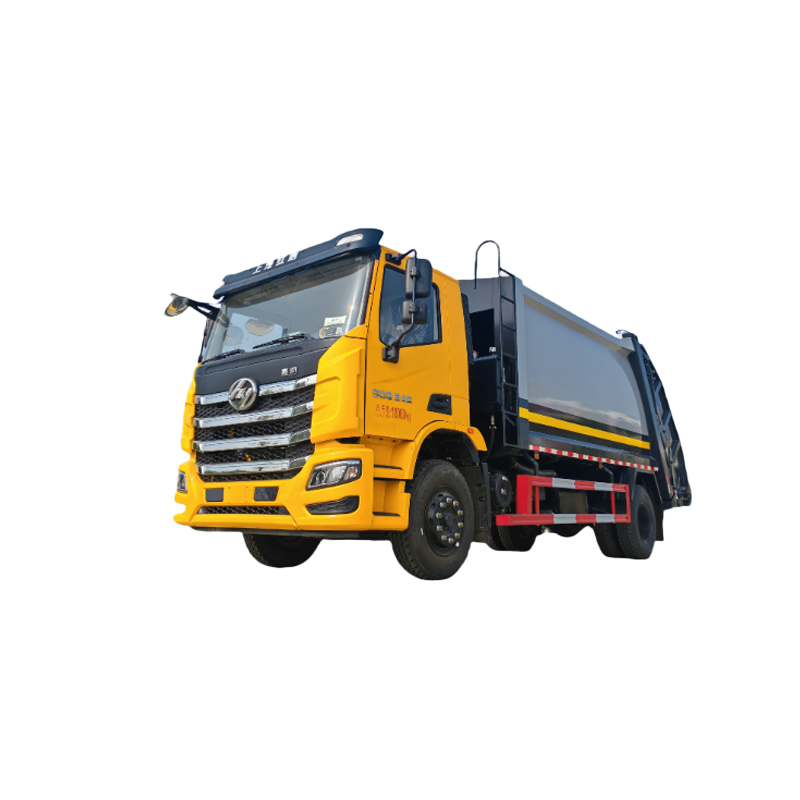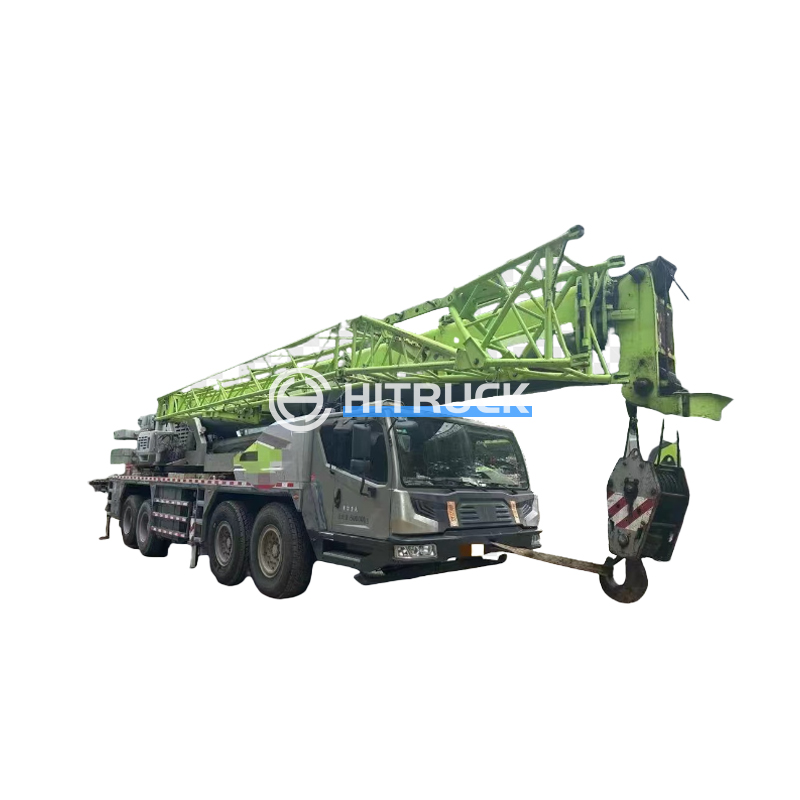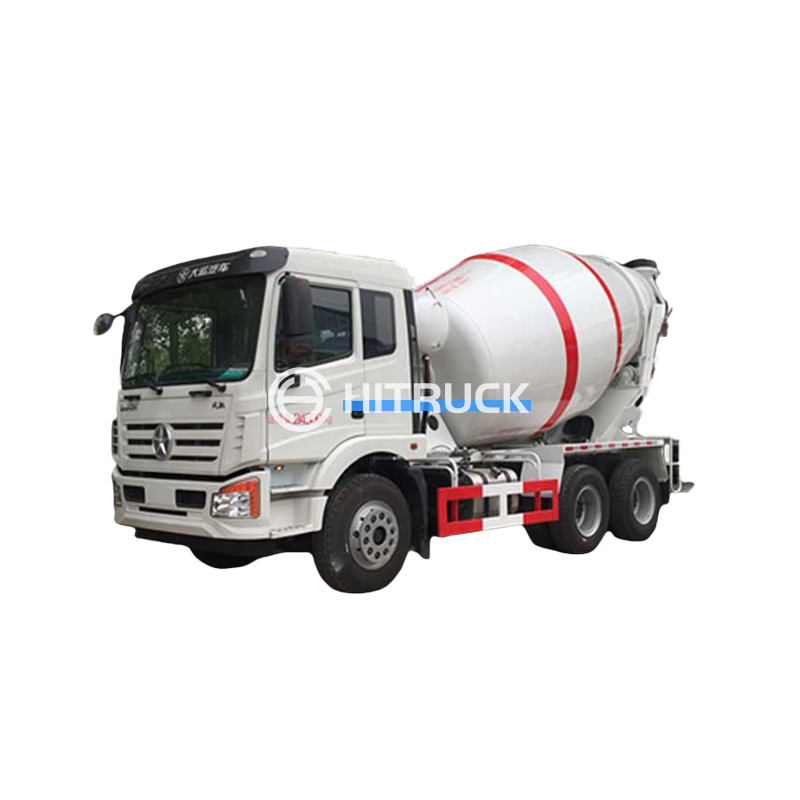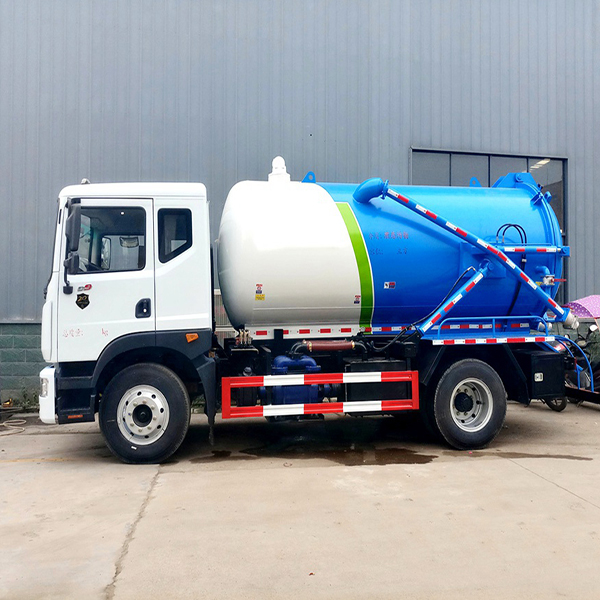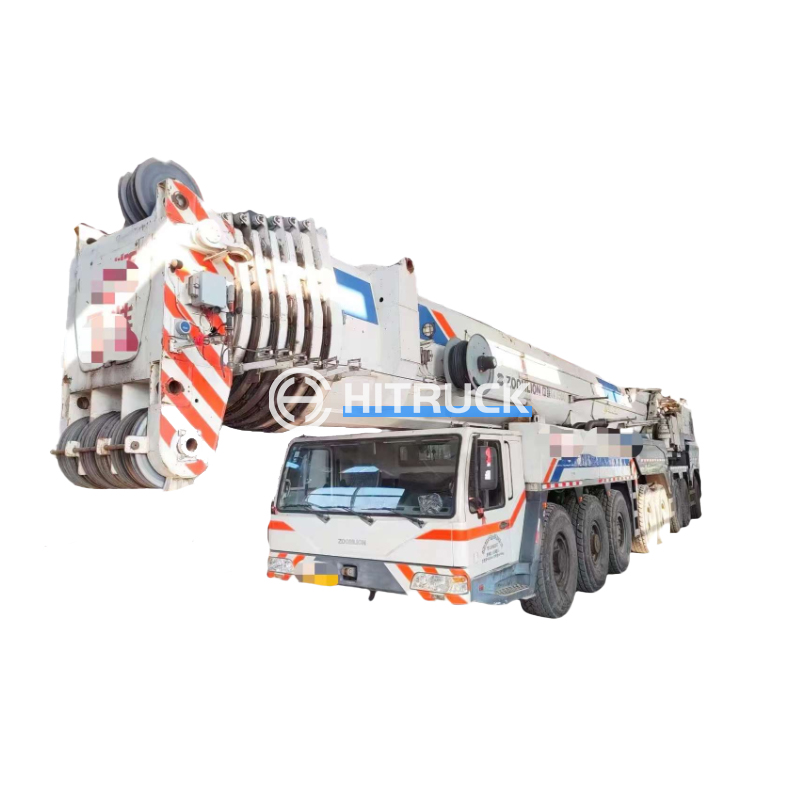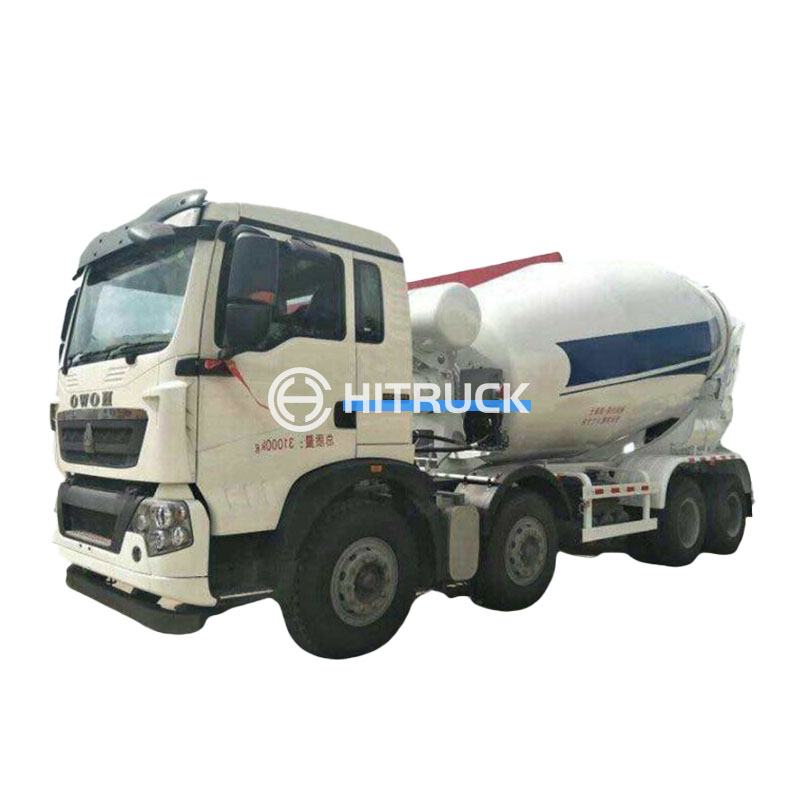This comprehensive guide explores the intricacies of truck crane booms, covering their types, functionality, maintenance, and safety considerations. We delve into the crucial aspects of selecting the right boom for your specific needs, highlighting key features and specifications to consider for optimal performance and longevity. Learn how to maximize the efficiency and safety of your truck crane boom operations.
Truck crane lattice booms are constructed from interconnected members, offering a high strength-to-weight ratio and excellent reach. Their modular design allows for variable lengths, accommodating diverse lifting requirements. They are commonly used in heavy lifting applications where long reach is crucial. Maintenance involves regular inspection of the connections and individual members for wear and tear. Regular lubrication is also essential for smooth operation and longevity. Proper storage and handling are crucial to prevent damage.
Telescopic booms, as the name suggests, extend and retract using internal sections. This provides a compact stowed size and quick adjustment capabilities. They are favored for their ease of use and versatility, making them suitable for a wide range of lifting tasks. While generally simpler to maintain compared to lattice booms, regular checks for hydraulic leaks and proper functioning of the telescoping mechanism are crucial. Note that telescopic booms often have a slightly lower maximum lifting capacity compared to lattice booms of the same length.
Knuckle booms feature multiple articulated sections, providing exceptional maneuverability and the ability to reach awkward positions. These are especially useful in confined spaces or when lifting over obstacles. Regular inspection and lubrication of the knuckle joints are essential to ensure smooth and safe operation. The added complexity necessitates more frequent maintenance checks compared to simpler boom types.
Selecting the appropriate truck crane boom depends on several factors including:
Safety is paramount when working with truck crane booms. Always adhere to the manufacturer's guidelines, perform regular inspections, and ensure proper training for operators. Never exceed the rated lifting capacity, and always account for wind conditions and other environmental factors that might affect stability. Using appropriate safety equipment, including harnesses and fall protection, is essential for the well-being of personnel involved in the lifting operation.
Regular maintenance and inspection are crucial for extending the lifespan and ensuring the safe operation of your truck crane boom. A well-maintained boom will operate efficiently, minimizing downtime and preventing costly repairs. Refer to your manufacturer's manual for specific maintenance schedules and procedures. A checklist for routine inspection would include: checking for wear and tear, lubrication of moving parts, hydraulic fluid levels, and the integrity of the boom structure.
For a wide selection of high-quality truck cranes and related equipment, visit Suizhou Haicang Automobile sales Co., LTD. They offer a comprehensive range of options to meet your specific needs.
| Boom Type | Advantages | Disadvantages |
|---|---|---|
| Lattice | High strength-to-weight ratio, long reach | More complex maintenance |
| Telescopic | Compact, easy to use, quick adjustment | Lower lifting capacity compared to lattice booms |
| Knuckle | Exceptional maneuverability, reaches awkward positions | Requires frequent maintenance |
Remember to always prioritize safety and consult with qualified professionals for any complex lifting operations involving truck crane booms.

